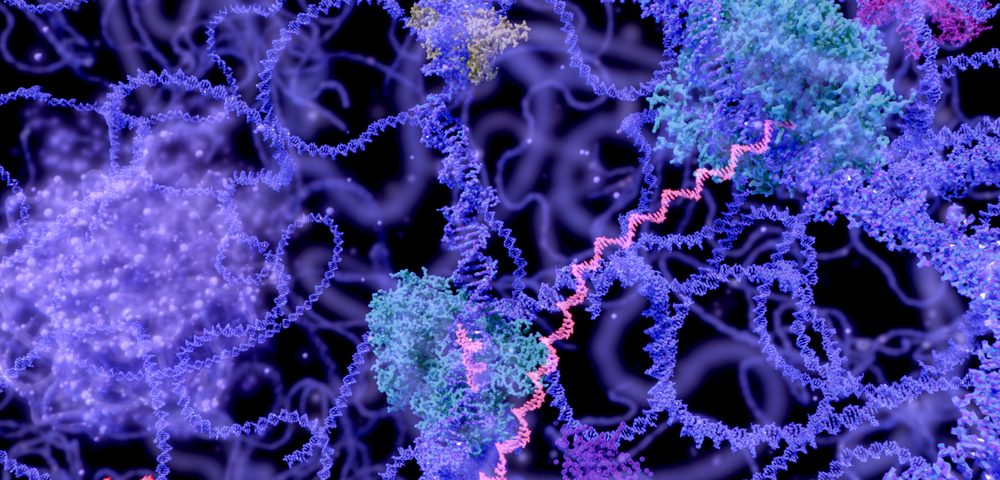Researchers in Singapore have discovered how the gene EZH2, known to promote several types of cancer, is activated in breast cancer and lymphomas. Their findings, which may lead to new and more effective therapies for EZH2-associated cancer, especially triple negative breast cancer, were summarized in two studies recently published in the journals PNAS and Blood.
In one study, titled “HIFI-α activation underlies a functional switch in the paradoxical role of Ezh2/PRC2 in breast cancer,” the researchers analyzed how a single complex, composed of two units – the Polycomb repressive complex 2 (PRC2) and its catalytic component EZH2 – can have both a tumor-promoting and a tumor-suppressing role. They found that the paradoxical role of EZH2/PRC2 in breast cancer is linked to oxygen conditions. When tumor cells are supplied with sufficient oxygen, EZH2/PRC2 acts as a cancer suppressor, inhibiting tumor growth. However, when attenuated by hypoxia (low oxygen), EZH2 induces expression of a gene that promotes breast cancer invasion.
“Interestingly, this phenomenon seems to be more common in triple negative breast cancer (TNBC), as compared to other types of breast cancer,” Prof Yu, study’s co-corresponding author and senior group leader, Cancer Therapeutics & Stratified Oncology at A*STAR’s Genome Institute of Singapore (GIS), said in a news release. “We were among the first in the world to show a non-catalytic function of EZH2 in cancer a few years ago. Now that we identified a new pathway of EZH2 in promoting TNBC invasion, this finding may lead to a new treatment strategy to target TNBC, a disease in which effective treatments are currently lacking.”
Professor Wee Joo Chng, co-corresponding author of the study and deputy director and senior principal investigator at the Cancer Science Institute of Singapore, added, “The study fundamentally changes our understanding on the role of EZH2 in breast cancer. Apart from providing molecular insights into how EZH2/PRC2 is regulated in the tumour microenvironment, it also provides therapeutic implications: without a proper patient stratification, the catalytic inhibitor of EZH2 treatment may exacerbate the disease progression.”
In the other report, “EZH2 phosphorylation by JAK3 mediates a switch to non-canonical function in natural killer/T-cell lymphoma,” the researchers studied the role of EZH2 in natural killer/T-cell lymphoma, a relatively rare lymphoma but particularly common in Asia, identifying the protein that regulates EZH2 pro-tumorigenic activity: JAK3.
Chng, who is also director of the National University Cancer Institute, Singapore (NCIS), said: “As JAK3 is often mutated and activated in natural killer/T-cell lymphoma cells, this finding is particular intriguing as it suggests a predominant non-catalytic function of EZH2 in JAK3 mutant natural killer/T-cell lymphoma. Our study also suggests that various oncogenic mutations may modify the function of EZH2, explaining the complex roles of EZH2 in cancer.”
These studies highlight the potential concerns regarding therapeutic application of EZH2 catalytic inhibitors, which are currently under active clinical development. “Moving forward, a biomarker strategy might be needed to ensure appropriate application of EZH2 inhibitors,” Chng said. “This will help to identify tumours where EZH2 requires its catalytic activity or actually acting through non-catalytic function. At the same time, we need to develop therapies that can target the non-catalytic function of EZH2.”
“Findings like these highlight the importance of sustained collaborative research efforts … Deeper insights into these aggressive cancers associated with EZH2 will help us better understand their progression, and in turn, open up new possibilities for more targeted therapies for the patients,” said Professor Huck Hui Ng, executive director of GIS.

